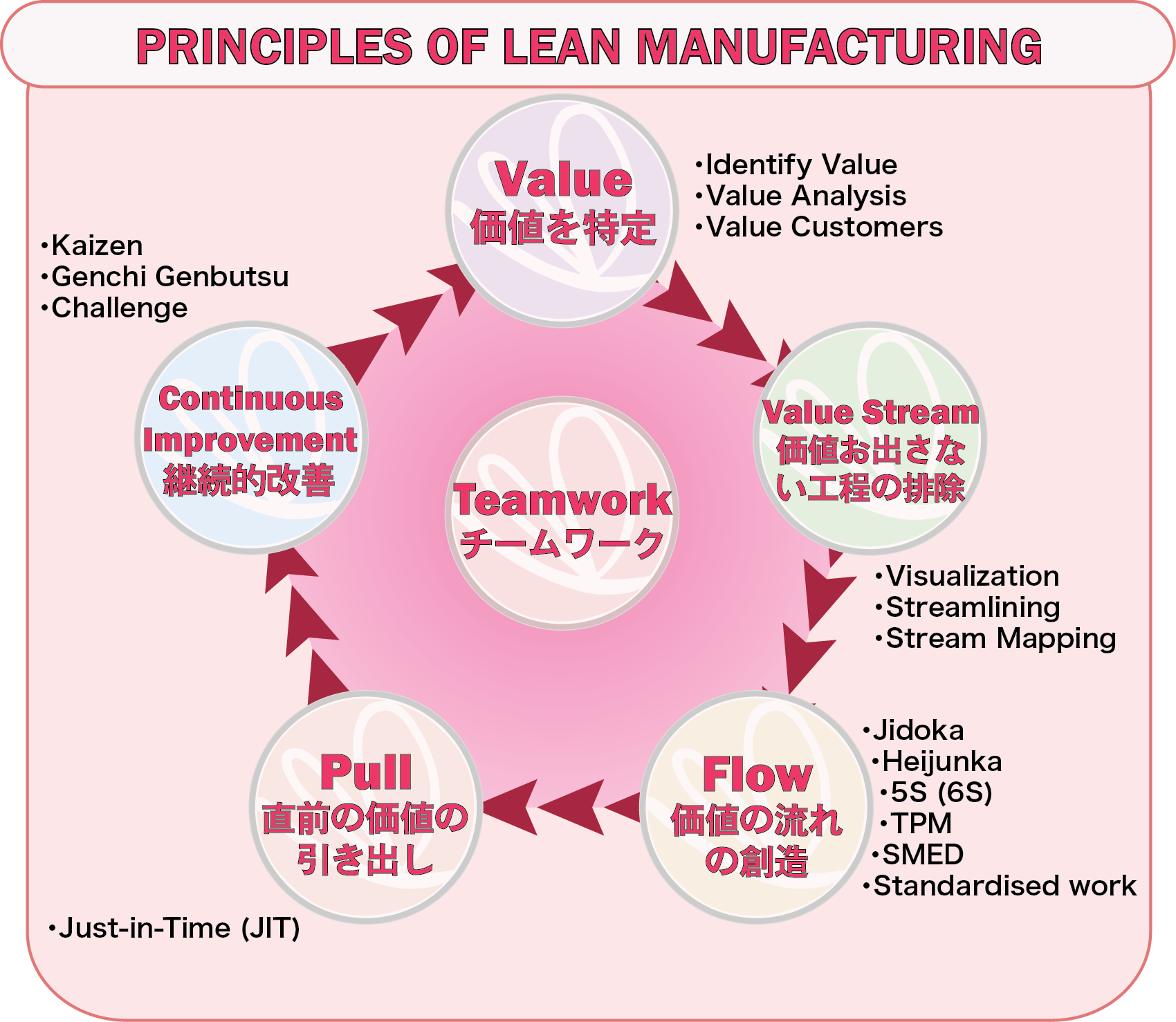
Root Cause Analysis (RCA) is a systematic method used to identify the underlying causes of problems or defects in order to implement effective solutions. In lean manufacturing, RCA is essential for continuous improvement and waste reduction. By identifying and addressing root causes rather than just treating symptoms, organizations can prevent problems from recurring and improve overall process efficiency.
Steps of Root Cause Analysis
- Define the Problem: Clearly describe the issue, including its impact on the process and any relevant details. This step ensures that everyone understands what is being analyzed.
- Gather Data: Collect information about the problem, including when and where it occurs, its frequency, and any patterns or trends. Data can come from production records, observations, and employee input.
- Identify Possible Causes: Brainstorm potential causes of the problem. Engage team members from different areas to get a comprehensive perspective.
- Analyze Causes: Use various tools and techniques to dig deeper into the possible causes and identify the root cause(s).
- Implement Solutions: Develop and implement corrective actions that address the root cause(s).
- Monitor and Verify: Check the effectiveness of the solutions. Ensure that the problem has been resolved and does not recur.
Tools and Techniques for Root Cause Analysis
- 5 Whys: This technique involves repeatedly asking “Why?” to drill down into the cause of a problem. Typically, asking “Why?” five times is sufficient to reach the root cause.
- Example:
- Problem: The machine stopped working.
- Why? Because it overheated.
- Why? Because the cooling system failed.
- Why? Because the coolant level was low.
- Why? Because there was a leak in the coolant line.
- Why? Because the line was not maintained properly.
- Example:
- Fishbone Diagram (Ishikawa Diagram): This tool helps identify potential causes of a problem and organizes them into categories such as People, Process, Equipment, Materials, Environment, and Management. It visually maps out all possible causes and their relationships to the problem.
- Example: A fishbone diagram for a quality defect in a product might show causes under categories like Machine (e.g., machine calibration), Method (e.g., incorrect procedure), Material (e.g., substandard materials), and Manpower (e.g., insufficient training).
- Pareto Analysis: This technique uses the Pareto Principle (80/20 rule) to identify the most significant factors contributing to a problem. By focusing on the vital few causes that account for the majority of issues, you can make more impactful improvements.
- Example: If 80% of defects are caused by 20% of the possible causes, focus on addressing these key causes first.
- Failure Mode and Effects Analysis (FMEA): This is a systematic method for evaluating processes to identify where and how they might fail and assessing the relative impact of different failures. It helps prioritize which issues to address based on their severity, occurrence, and detection.
Benefits of Root Cause Analysis in Lean Manufacturing
- Prevents Recurrence: By addressing the root cause, you can implement solutions that prevent the problem from happening again.
- Reduces Waste: RCA helps eliminate waste associated with recurring issues, such as rework, scrap, and downtime.
- Improves Quality: Identifying and resolving the root causes of defects leads to higher-quality products and processes.
- Enhances Efficiency: Solving underlying issues improves overall process efficiency and productivity.
- Empowers Employees: Involving employees in RCA encourages a culture of continuous improvement and ownership of processes.
Implementing Root Cause Analysis
- Train Employees: Ensure that all employees understand RCA techniques and their importance in problem-solving and continuous improvement.
- Create a Standard Procedure: Develop a standardized approach for conducting RCA, including templates and guidelines.
- Encourage Team Collaboration: Foster cross-functional teams to bring diverse perspectives and expertise to the problem-solving process.
- Document and Share Findings: Keep detailed records of RCA activities and share findings across the organization to promote learning and prevent similar issues in other areas.
- Follow Up: Regularly review the effectiveness of implemented solutions and make adjustments as needed to ensure long-term success.
By integrating root cause analysis into lean manufacturing practices, organizations can systematically eliminate the sources of problems, leading to more stable and efficient processes, higher quality products, and a culture of continuous improvement.






